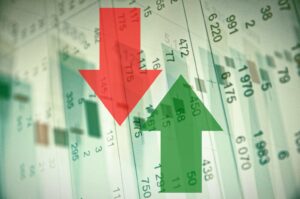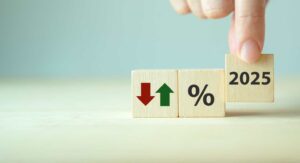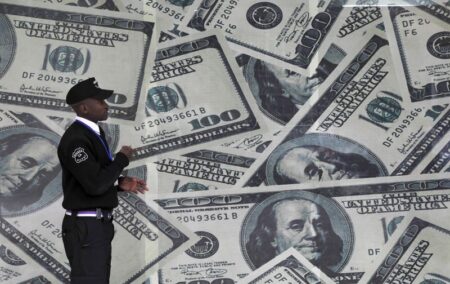By Saqib Iqbal Ahmed and David Randall
NEW YORK (Reuters) – A comparatively hawkish European Central Bank is likely to keep the dollar under pressure against the euro in the near term, though the greenback could recover later in the year as chances of a U.S. recession rise, Citigroup strategists said.
“Tactically, we are a bit more constructive on the euro (vs the dollar) in terms of looking for the ECB to be a lot slower to pivot than the Fed,” Daniel Tobon, Citi’s head of G10 FX strategy said on Wednesday in a virtual panel discussion as part of Citi’s Year Ahead Conference 2024.
“We do think, though, that ultimately the dollar can strengthen a bit later on in the year given our economists call for a U.S. recession and ultimately an ECB pivot,” Tobon said.
Euro zone inflation jumped as expected last month, supporting the European Central Bank’s case to keep interest rates at record highs for some time, even as cooling U.S. inflation is widely expected to allow the Federal Reserve room to start cutting interest rates later this year.
The Fed last month projected it could cut rates by as much as 75 basis points in 2024 from their current range of 5.25% to 5.50%, with futures tied to the Fed’s policy rate showing investors factoring in nearly twice that amount.
Consumer price data on Thursday is expected to show whether prices are continuing a cooling trend that began last year, potentially setting the stage for easier monetary policy.
The euro has advanced nearly 5% against the dollar since early October with investors aggressively pulling forward market bets for U.S. interest rate cuts.
Most market participants in a recent Reuters poll of strategists said the dollar will slip against major currencies in 12 months, weighed down by as the Fed rate cuts.
Citi’s Tobon said economic strength in Europe was the biggest risk to their call for a recovery in the dollar in the later part of the year, as it would allow the ECB to remain hawkish.
Meanwhile, benchmark 10-year Treasury yields will likely end 2024 around 3.9%, though they will “move around quite substantially over the course of the year,” Jabaz Mathai, head of G10 rates and FX strategy at Citi, said in a separate discussion as part of the firm’s year-ahead outlook Wednesday.
Mathai sees it as unlikely that 10-year yields will test the nearly 16-year highs of 5% they reached in mid-October, he said.
Instead, the primary driver of yields will be the strength of the U.S. economy and supply, which will likely hit $1.7 trillion in coupon issuance in 2024, Mathai said.
Read the full article here












